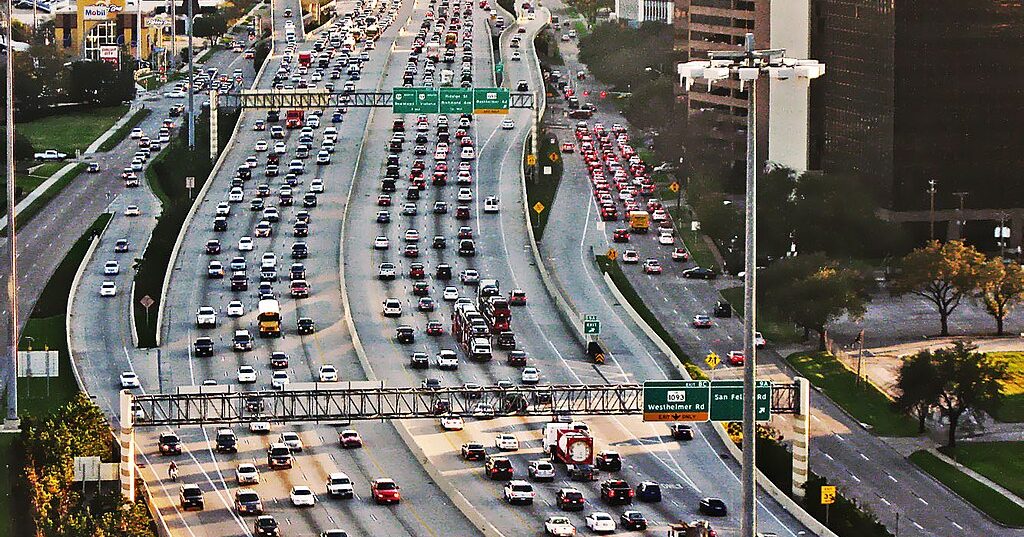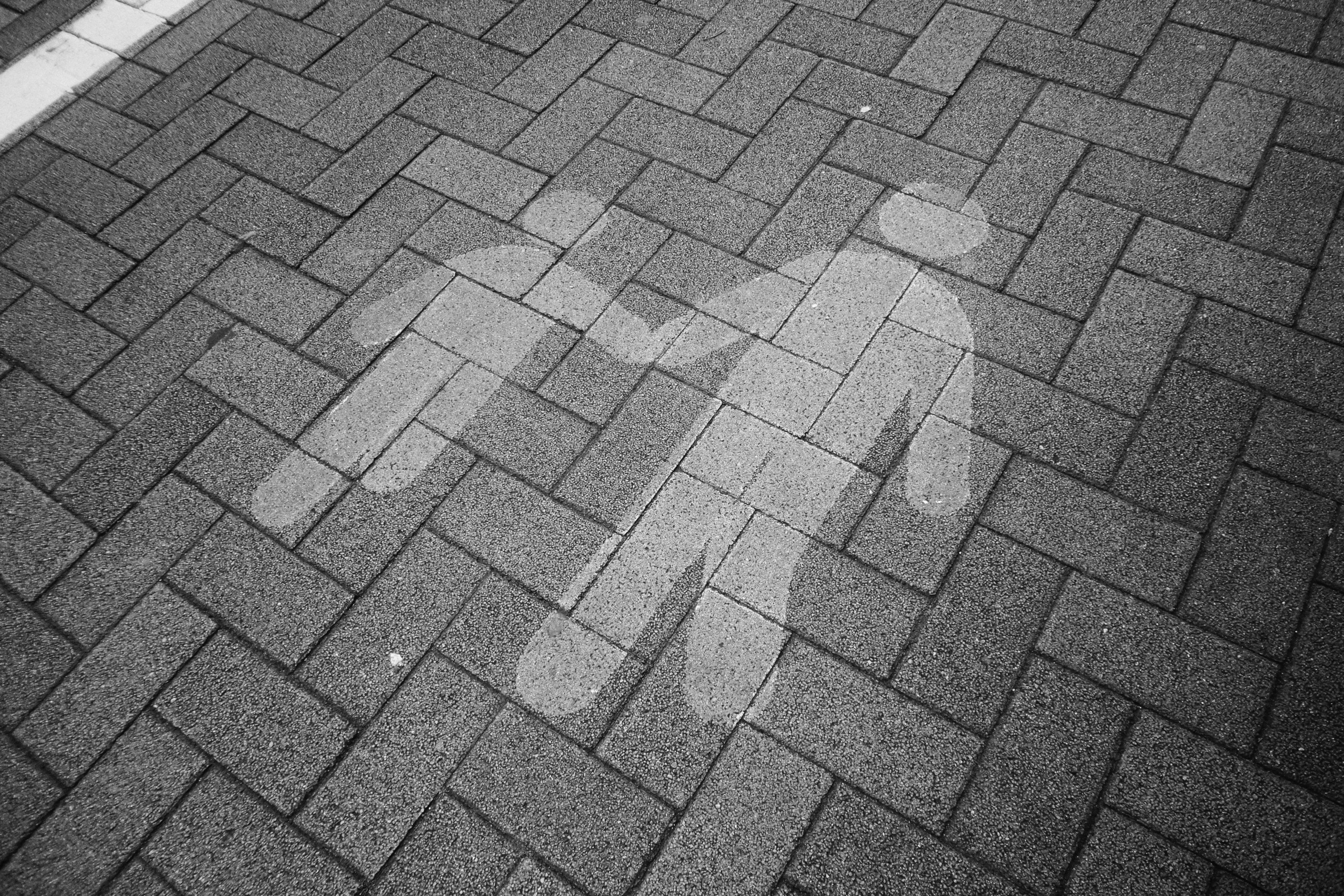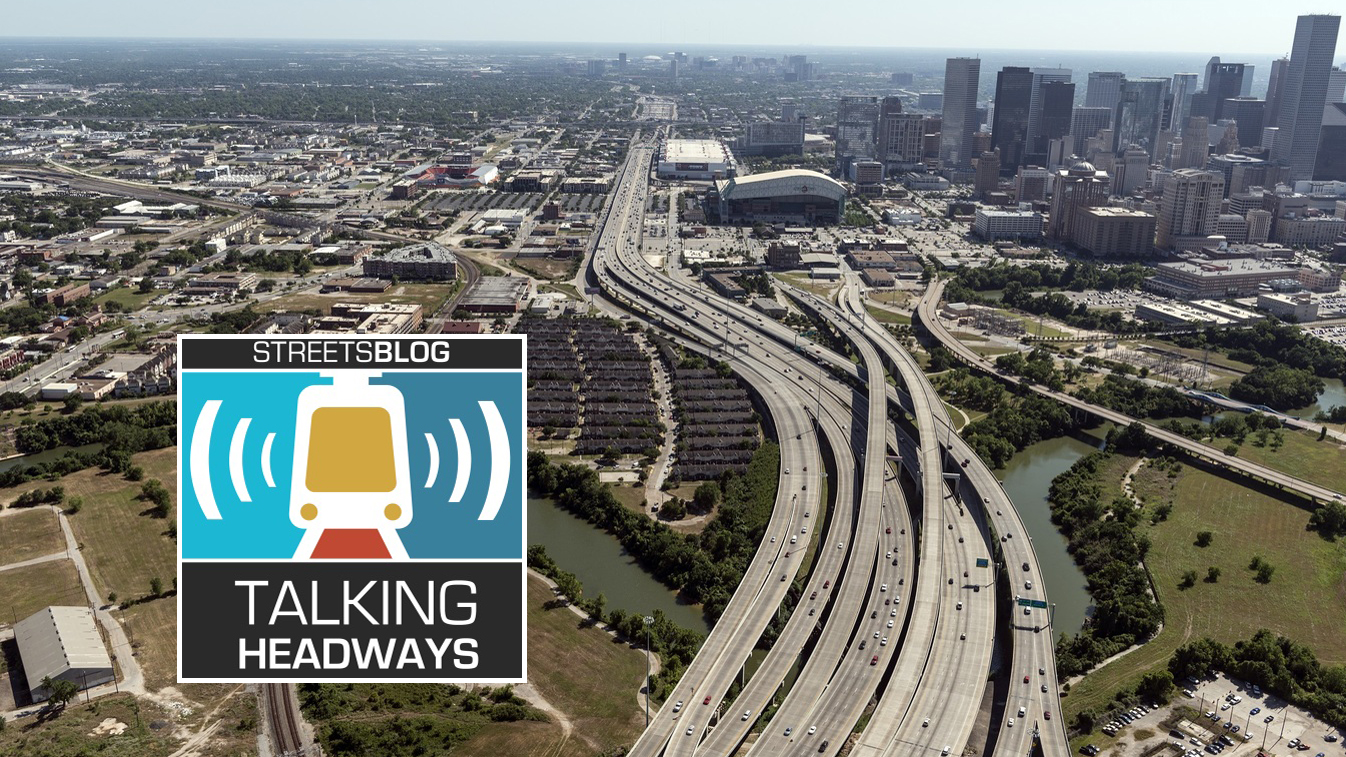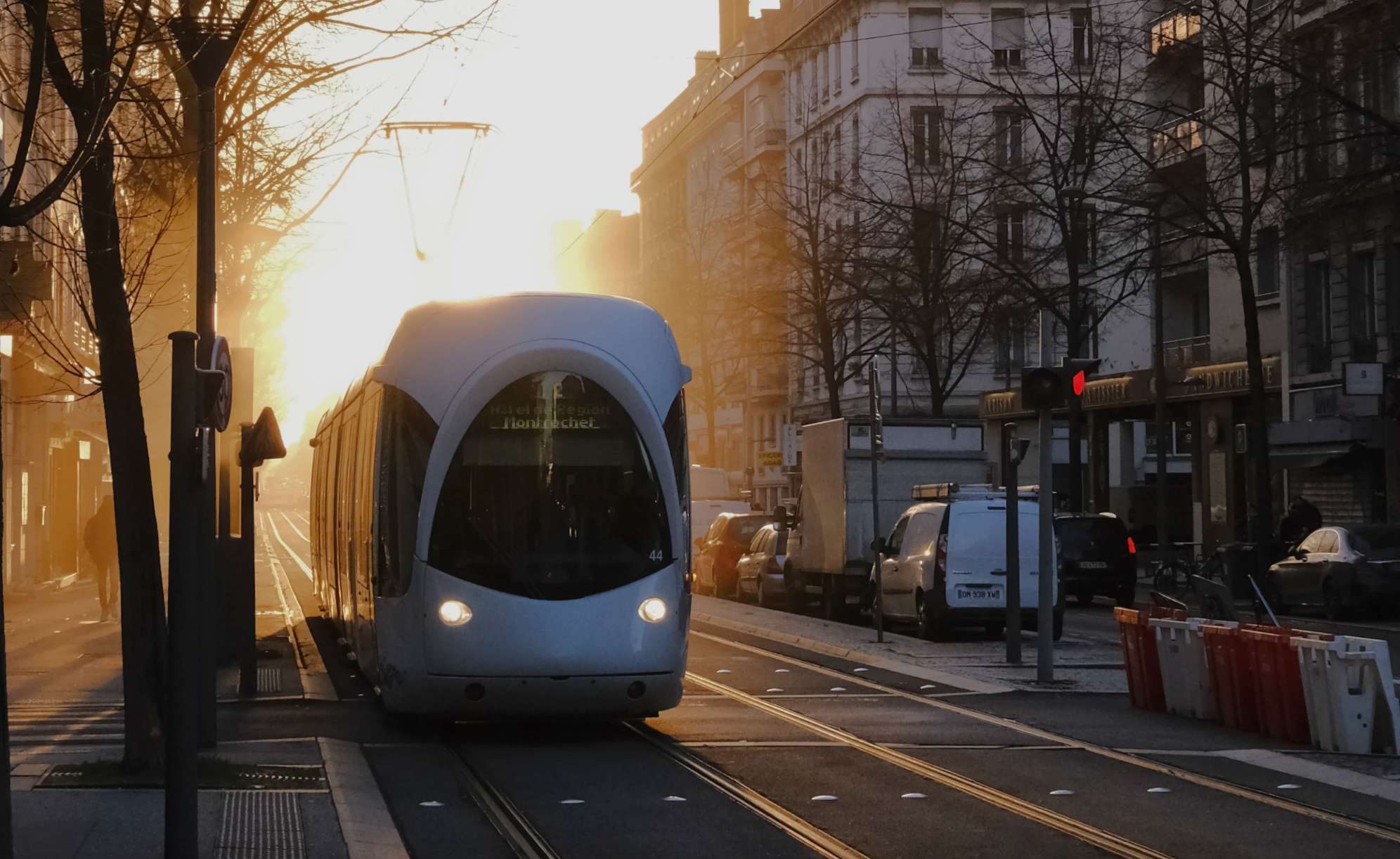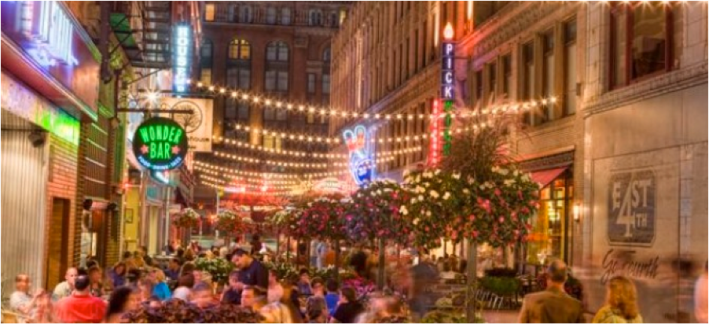
Ari Maron had no friends.
When he moved back to Cleveland after college, all his friends had moved away. “They’d all gone to New York and Chicago and San Francisco,” he said. “And none of them lived in cul-de-sacs. None of them drove SUVs. They all lived in mixed-use buildings, they were all connected to transit, they were all in walkable communities.” If only they could figure out how to build communities like that in Cleveland, Maron thought, “perhaps I’d have some friends.”
That, he said, was the motivating factor for him to abandon his ambitions of being a concert violinist and join the family construction business.
Maron is part of the LOCUS network of smart-growth-oriented real estate developers, which operates under the aegis of Smart Growth America. LOCUS shows that walkable communities aren’t just pretty and good for the environment -- they generate wealth. Not all developers are in it to make friends, after all -- they want to turn a profit. The good news is, they can do both.
Maron told his story to a LOCUS conference yesterday in Washington, DC. He said his family firm, MRN Ltd., bought 15 historic buildings in the downtown core, focusing on East 4th Street. The ground floor were all drug fronts, and the street was a center of prostitution. The upper floors were all vacant. There were 250 property owners to deal with, and the big developers just weren’t willing to bother. But Maron and his family bought them out.
MRN hooked up with a local nonprofit to set up a revolving loan fund. Figuring out the housing in the upper floors was easy, but they struggled with what to do with the ground-level spaces. “Cleveland, in its suburbanization, has 17 regional shopping centers for a population of 2.1 million,” Maron said. “It’s way over-retailed. So we knew we couldn’t do The Gap and Express and these other mall tenants downtown.”
The changing face of retail creates a challenge for people trying to build a commercial main street today, versus 50 years ago. People don’t buy vacuum cleaners and hats and stationery at little storefronts anymore. They buy them online or at big-box stores. So how do you populate a commercial strip?
The answer to most developers, including Maron, is food, booze and entertainment. “We couldn’t convince chefs to open up in downtown Cleveland, so what we did, like any stupid developer, we went into the business ourselves.” Under his brother’s leadership, MRN opened up a 16-lane martini bar/bowling alley, a Mexican restaurant, and an Irish pub that they owned 100 percent. Once they proved there was a market, they were able to attract the Iron Chef, Michael Symon, and other high-profile restaurateurs.
Then they started building mixed-use neighborhoods in other areas -- on the way to the airport and in University Circle, Cleveland’s second downtown. They used major employers like the Cleveland Clinic and Case Western Reserve University as anchors -- institutions they knew weren’t going to leave.
Case Western had seen its enrollment and SAT scores drop. University officials realized they were losing the placemaking race to other universities in more appealing locations. MRN built a mixed-use neighborhood in the center of campus with shops, restaurants, and housing -- bringing enrollments and SAT scores to historic highs. The university shared the risk with the tenants, “master-leasing” half the retail space. But they attracted the “pink hair and portfolios” crowd -- the creative class, as it were -- by creating a vibrant area people wanted to be in.
Cleveland’s downtown population has grown by 50 percent. “It’s a very different conversation today than it was a decade ago when we were begging people to come to downtown Cleveland,” Maron said.
“The good news for me is that as we create this city,” Maron said, “as we connect it to transit and as we create different neighborhoods that have multiple characters, that are walkable and exciting for young people -- I now have friends.”

